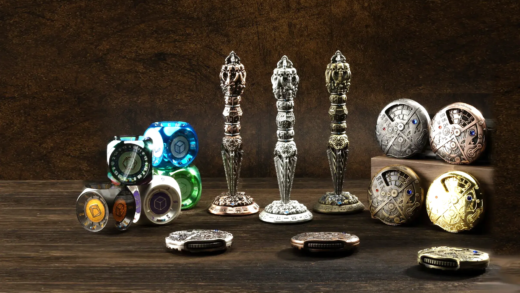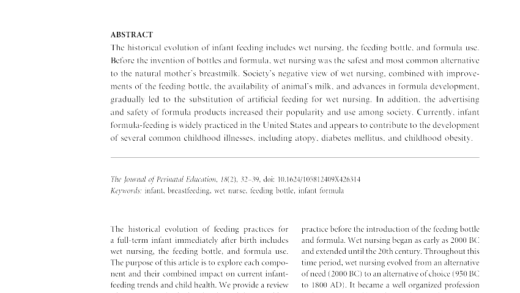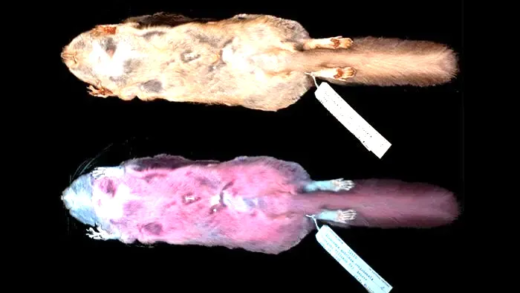The blue-footed booby is a unique seabird known for its vibrant blue feet, which play a critical role in mate selection. These birds are primarily found in the Galápagos Islands and parts of Central America. Their mating dances, combined with their striking physical traits, influence their reproductive success. Both parents share responsibilities in caring for their young, highlighting their cooperative nature.
What is a Blue-Footed Booby?
The blue-footed booby is a fascinating seabird known for its striking blue feet and quirky behavior. This bird, scientifically classified as Sula nebouxii, belongs to the booby family and is primarily found in the tropical and subtropical regions of the Pacific Ocean. What makes the blue-footed booby truly unique is not just its appearance but also its remarkable courtship rituals and parenting habits. Their bright blue feet are a result of their diet, which consists mainly of fish, and these pigments are crucial for attracting mates.
Where Can You Find Blue-Footed Boobies?
Blue-footed boobies are predominantly found along the coasts of the Galápagos Islands, Peru, and parts of Central America. Their habitats include rocky shorelines, coastal waters, and islands where they can easily dive for fish. These birds prefer areas with abundant food supply and minimal disturbance from humans. You can often spot them nesting on cliffs or flat rocky surfaces, where they create simple nests to lay their eggs. Some of the best places to observe blue-footed boobies are:
- Galápagos Islands
- Coastal areas of Ecuador
- Western coasts of Central America
The Meaning Behind Their Blue Feet
The blue-footed booby‘s blue feet serve a significant purpose beyond mere aesthetics. The brightness of their blue feet is a signal of health and vitality. Males with more vibrant blue feet are more attractive to females, as it indicates that they are strong and have access to a nutritious diet. This coloration is due to carotenoid pigments found in the fish they consume, which are vital for their reproductive success. Essentially, these blue feet are a badge of honor in the avian world, playing a critical role in mate selection and overall survival.
The Mating Dance of the Blue-Footed Booby
The blue-footed booby performs a captivating mating dance that is both entertaining and essential for attracting partners. This dance involves a series of elaborate movements, including high-stepping and puffing out their chests. Males initiate the display by raising their bright blue feet and performing a synchronized shuffle, which is often accompanied by a variety of vocalizations. The dance not only showcases their striking blue feet but also their physical fitness and readiness to mate.
Why the Mating Dance is Crucial for Attraction
The mating dance of the blue-footed booby is vital for attracting a mate. It serves as a visual and auditory signal that communicates health and vitality. Males with the most vibrant blue feet and the most impressive dance moves are more likely to attract females. The dance allows females to assess the males’ fitness, which is crucial for selecting a genetically strong partner. This ritual is not just about show; it directly impacts reproductive success.
Unique Behaviors in Mating Rituals
During courtship, blue-footed boobies exhibit several unique behaviors that enhance their mating rituals. In addition to their famous dance, males will often present nesting materials to females, demonstrating their capability as providers. They also engage in mutual preening, which strengthens their bond. Interestingly, both partners may take turns displaying their feet, creating a dynamic and interactive courtship experience. These behaviors are fascinating examples of how blue-footed boobies communicate and form relationships.
The Influence of Blue Feet on Mate Selection
The blue-footed booby’s blue feet play a crucial role in mate selection. The intensity of the blue coloration is a direct indicator of the bird’s health and dietary quality. Males with vibrant blue feet are preferred by females as these traits signal better genetic fitness and overall vitality. This preference is significant because it ensures that the offspring are likely to inherit strong traits, increasing their chances of survival. Research indicates that foot color can influence female choice, leading to a higher likelihood of mating with the most vibrantly colored males. This fascinating dynamic demonstrates how visual signals in the animal kingdom can dictate reproductive success.
Surprising Facts About Blue-Footed Boobies
Blue-footed boobies are not just known for their vibrant feet; they have a host of unique traits that make them fascinating creatures. Here are some interesting facts:
- They can dive from heights of up to 25 meters (82 feet) to catch fish, showcasing their incredible agility.
- These birds have excellent vision that allows them to spot prey underwater from above the surface.
- Blue-footed boobies are monogamous and often mate for life, returning to the same nesting sites each year.
- They are social birds and are often seen in groups, which helps them coordinate hunting and nesting.
- Their courtship rituals, including the famous dance, are not only for attracting mates but also serve to reinforce bonds between partners.
These quirky behaviors and characteristics make the blue-footed booby a subject of interest for ornithologists and bird watchers alike.
Parenting Behavior After Mating
After mating, the parenting behavior of blue-footed boobies is quite remarkable. Both parents share the responsibility of incubating their eggs, typically laying 1 to 3 eggs per clutch. The incubation period lasts about 40 days, during which both parents take turns keeping the eggs warm and safe. Once hatched, both parents are involved in feeding their chicks, regurgitating fish to provide nourishment. This cooperative parenting is crucial for the survival of the young birds, as it ensures they receive adequate care and food. Interestingly, the parents continue to care for their young for several months, teaching them essential survival skills until they are ready to fledge. This shared investment in their offspring reflects the strong social structures and bonds that exist within blue-footed booby pairs.





Comments are closed.